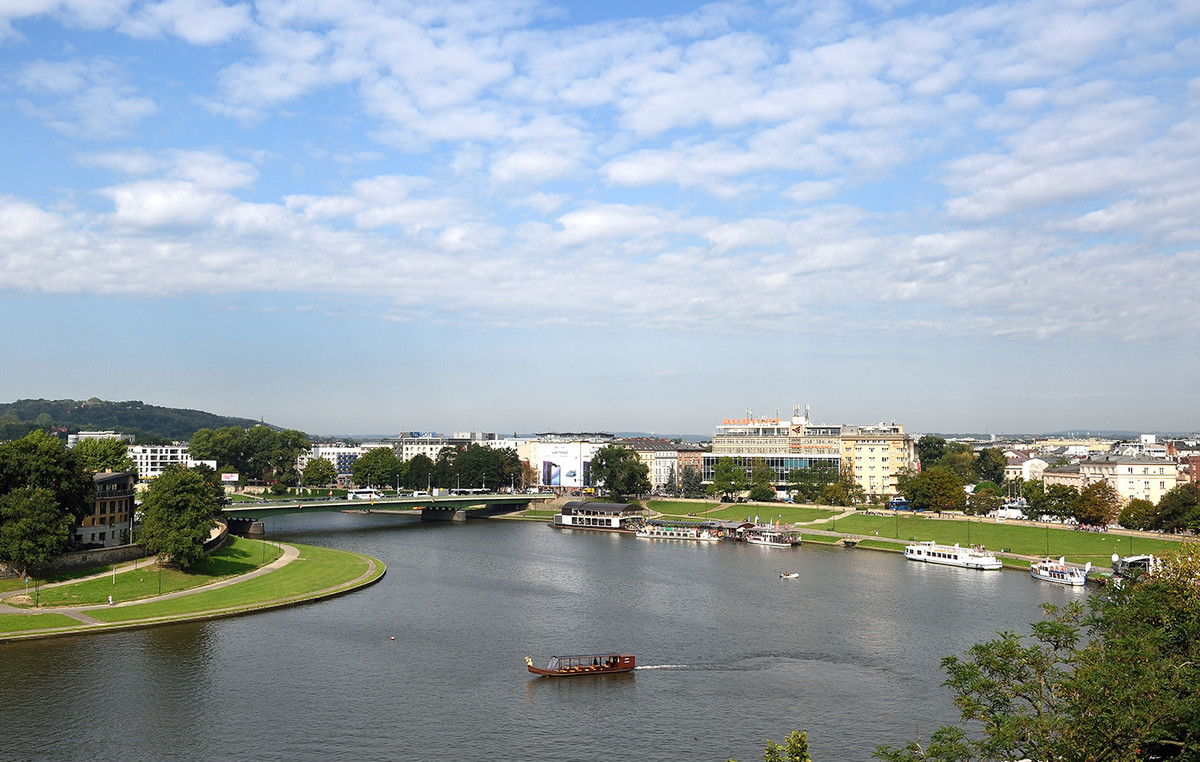Dry weather is expected to prevail in most of Brazil in August, according to Climatempo.
The month that begins next Thursday (1st) will also be marked by typical weather conditions for this time of year, with some significant regional variations.
Especially in the Center-West and North of the country, temperatures will continue to rise. In these areas, the risk increases even more. According to Climatempo, relative humidity will drop, which could increase the number of fires.
In contrast, for the regions South and Southeast, the passage of cold fronts and a drop in temperatures are expected. This year, the forecast indicates that a cold front of greater intensity will enter in the first half of the month.
With the low temperatures, an increase in rainfall is also expected, especially in the South and East of the Southeast. The changes will mainly affect the areas of Rio Grande do Sul, Santa Catarina, Paraná and the coast of São Paulo.
From the second fortnight onwards, the dry air mass stabilizes again in the central strip of Brazil and the interior of the Northeast. With this mass, the formation of significant rainfall will be prevented, keeping temperatures high and air humidity low.
Rainfall and temperatures
In August, the Central-West and North regions will have above-average temperatures especially from the second half of the month, due to the action of hot air masses.
However, rainfall in these regions will be below normal, influenced by the dry air masses present.
In the Southeast, temperatures tend to be a little higher than average in much of the region, also due to hot air masses. Rainfall should remain within the historical average which is low for the month of August.
In the South and coastal regions of the Southeast, temperatures will be within or slightly below average due to the frequent passage of cold maritime fronts, bringing colder air masses.
In Rio Grande do Sul and Santa Catarina, the drop in temperatures will be more pronounced. The passage of these cold fronts will also bring more rain to the eastern strip of Rio Grande do Sul, Santa Catarina and Paraná, with rainfall slightly above average.
For the Northeast coast, the forecast is for slightly above-average rainfall, caused by the strong circulation of air from the sea to the continent and by the high temperatures of the Atlantic Ocean, especially between Sergipe and Rio Grande do Norte.
Source: CNN Brasil
I’m James Harper, a highly experienced and accomplished news writer for World Stock Market. I have been writing in the Politics section of the website for over five years, providing readers with up-to-date and insightful information about current events in politics. My work is widely read and respected by many industry professionals as well as laymen.







